SBOM Best Practices for AppSec
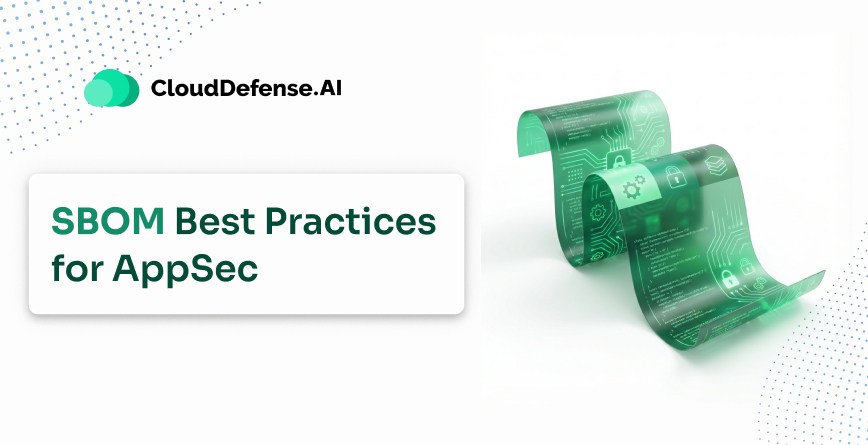
In the wake of evolving supply chain attacks and other cyberattacks, staying ahead of vulnerabilities has become a necessity for organizations. However, organizations can’t protect components that they can’t see. SBOMs enable organizations to get an inventory of all the components associated with the application, providing a detailed insight into everything. Modern software bill of […]
The Impact of High False Positives in Healthcare Security
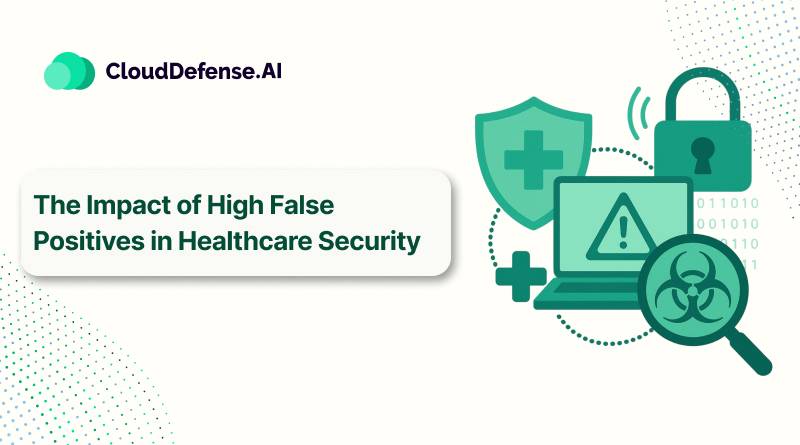
In today’s high-stakes healthcare sector, where healthcare providers leverage various digital solutions, health security has become paramount. Healthcare cybersecurity is always under pressure from data breaches or zero-day exploits, as it holds millions of patients’ data. However, the most severe issue that has plagued the industry is False Positives. Due to the use of traditional […]
How QINA Pulse Streamlines DevSecOps Workflows for Engineering Teams
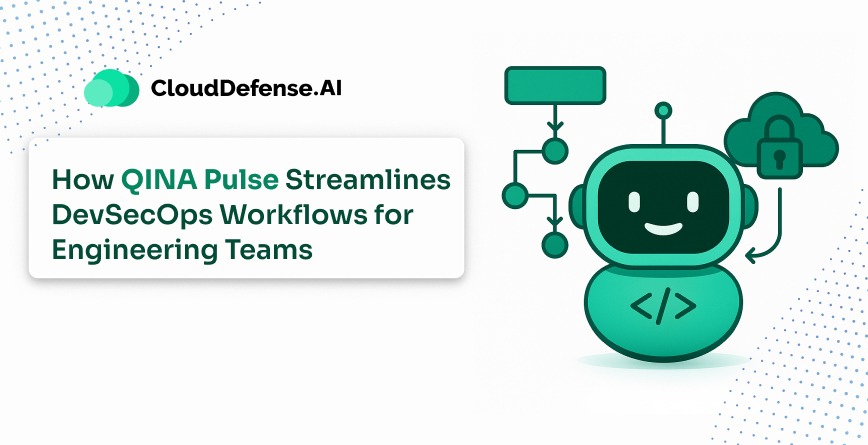
Traditionally, security has always been an obstacle in the development process for engineering teams. The teams are bombarded with an overwhelming number of false positives from different security sources. It not only leads to high alert fatigue but also causes developers to resort to context switching. As a result, it creates confusion among the team, […]
Common False Positives in AppSec (and How to Avoid Them)
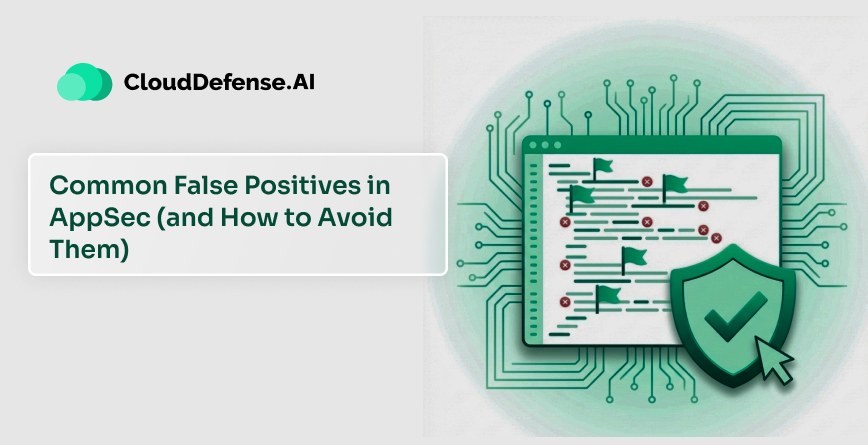
For years, most organizations have been raising one major issue when it comes to scanning in AppSec: false positives. It is a bane to modern AppSec programs that has numerous negative consequences to the development process. In today’s high-paced software development process, where velocity and accuracy are paramount, false positives have become an obstacle to […]
How AI Agents in Cybersecurity Are Revolutionizing AppSec
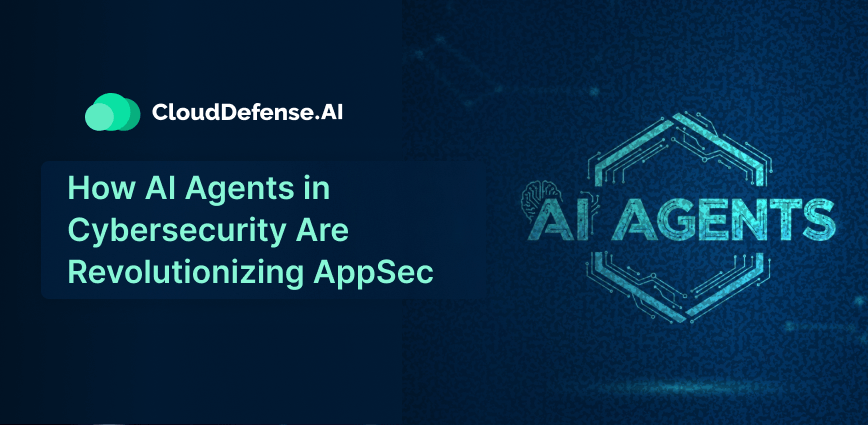
Modern cybersecurity is evolving rapidly, fueled by AI-driven code generation and an advanced DevOps approach. While AI-based AppSec tools have been helping organizations to bolster their guardrails, it is failing to cope with the high volume of code changes and increasing complexity. However, the advent of AI agents in cybersecurity has completely revolutionised the modern […]
Reduce False Positives in AppSec Scanning: A Field Guide
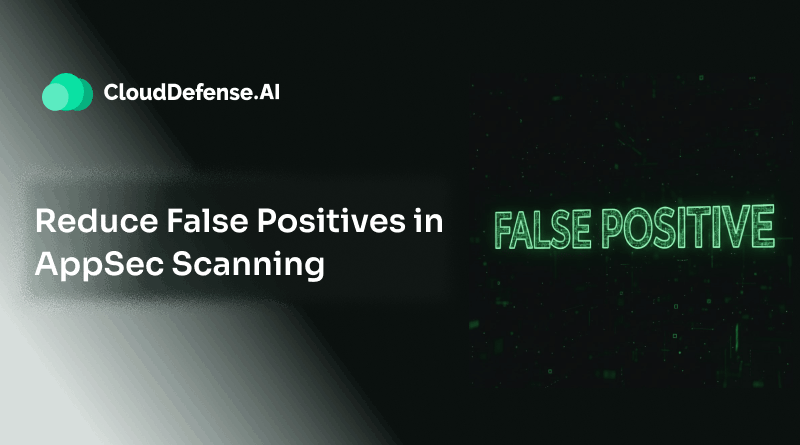
In today’s modern software development, where speed and security go hand-in-hand, application security (AppSec) is no longer just a feature. AppSec has become a necessary foundation of every organization’s security strategy. As developers write code, especially through AI-code editors, it creates a possibility of introducing vulnerabilities in the codebase. To address these vulnerabilities, organizations have […]
Hidden Risks of Multicloud: Business Challenges Organizations Encounter
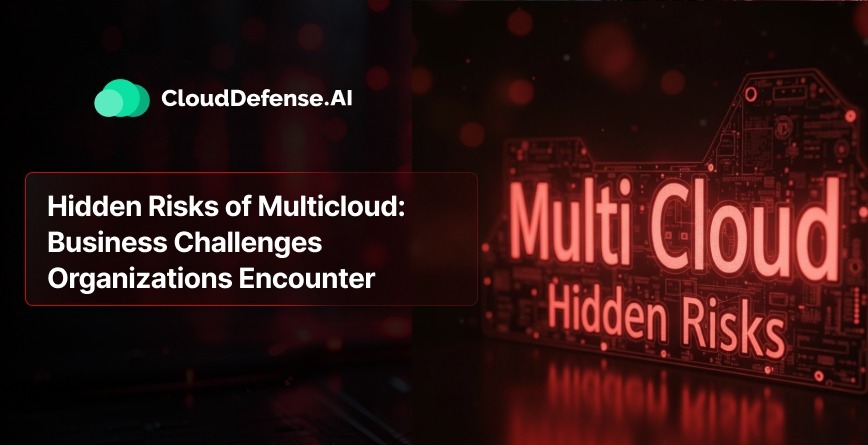
The multicloud strategy has become completely mainstream. A recent Cloud Security Alliance report highlighted that around 57% of organizations in the industry are now using a multicloud environment to run their operations. Every CISO and CTO has embraced this model to avoid traditional vendor lock-in and adopt best-in-class cloud services. However, despite its advantages, the […]
Securing Code in Cursor: Practical Tips and Tools
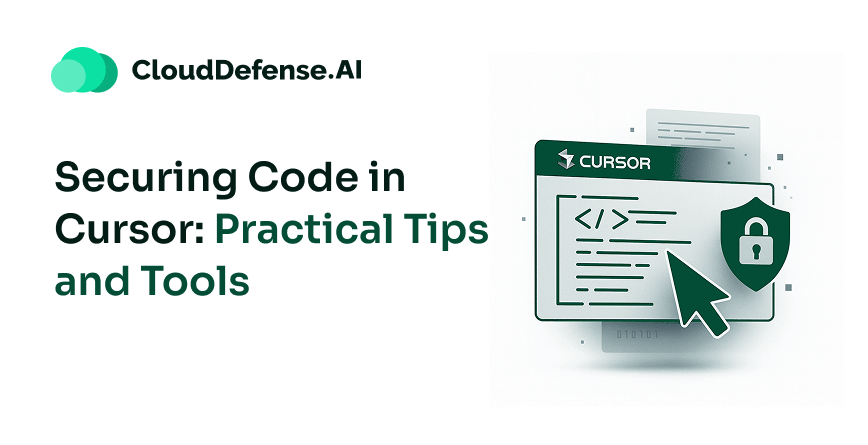
With the need for speed in the application development process, developers are rapidly turning to AI-powered IDEs like Cursor. It has not only enhanced developer productivity but also enabled organizations to achieve faster release cycles. However, implementing AI-generated code into the codebase introduces new security risks and attack vectors. Even though Cursor is backed by […]
Autonomous Application Security Testing: What It Is & How It Works
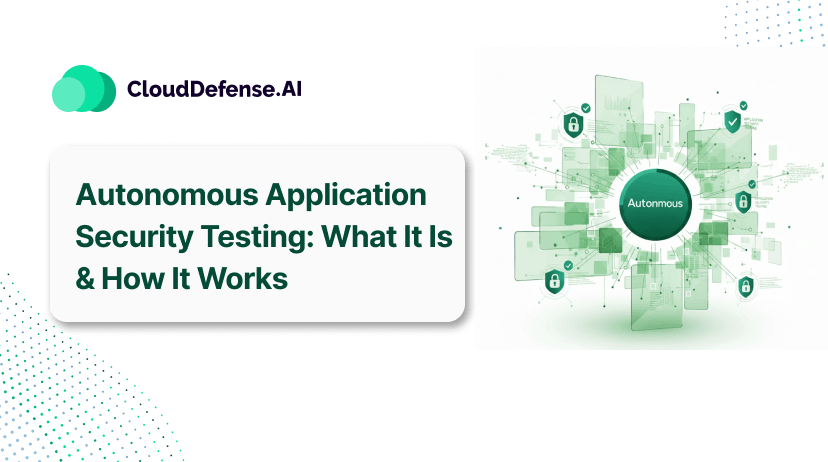
With applications being the backbone of modern enterprises and a constant threat from attackers, complete security of every application has become a necessity. Moreover, development cycles are accelerating with time, and the addition of dependencies and API is making applications more complex. Although standard application security testing methods form the backbone, they are becoming ineffective. […]
AI SAST vs AI DAST: Friends or Foes? Building a Comprehensive Testing Strategy
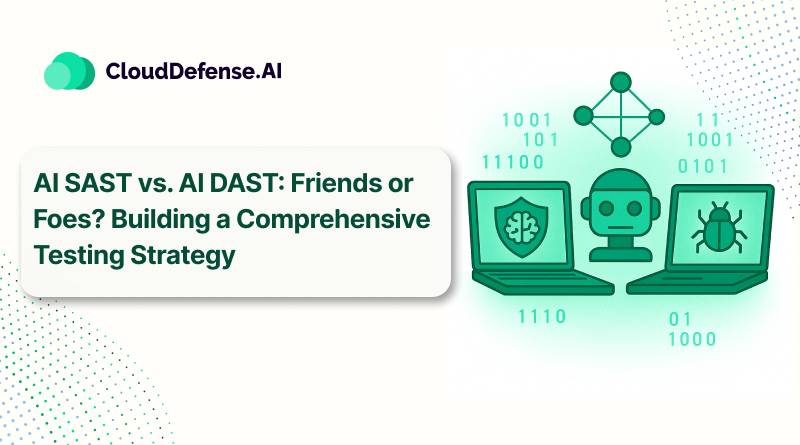
Application security in today’s world is constantly under threat from cyber attackers exploiting every possible vulnerability in the application source code. Organizations require advanced and AI security testing methodologies within the SDLC to identify and mitigate vulnerabilities, including zero-day attacks. Among all, AI SAST and AI DAST serve as essential tools for all development and […]



